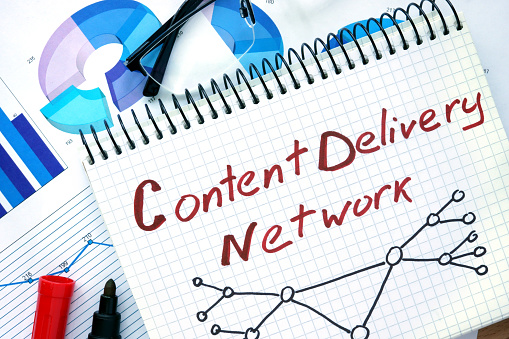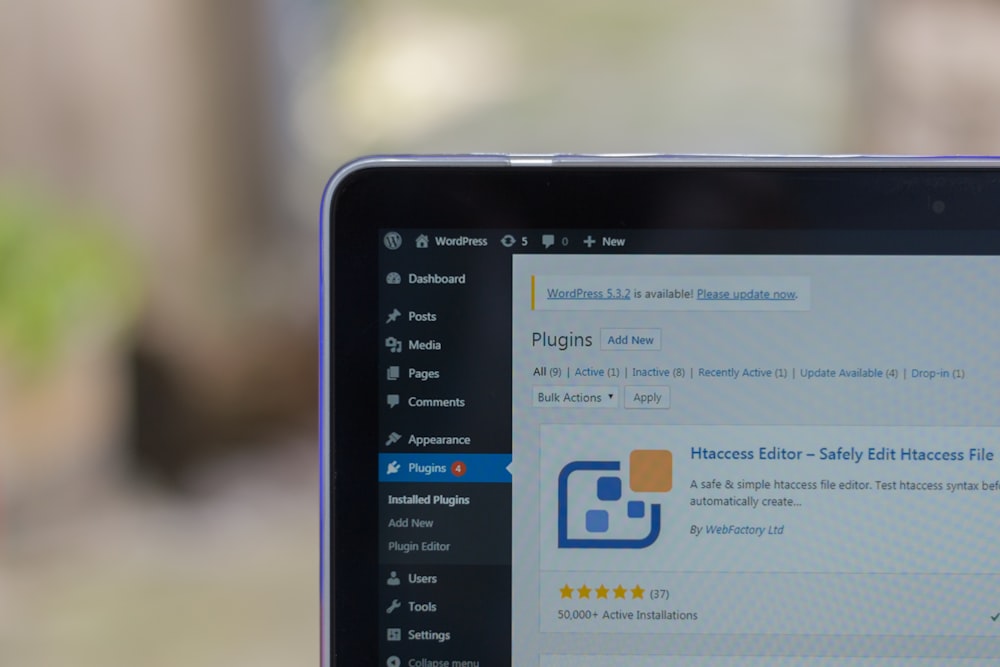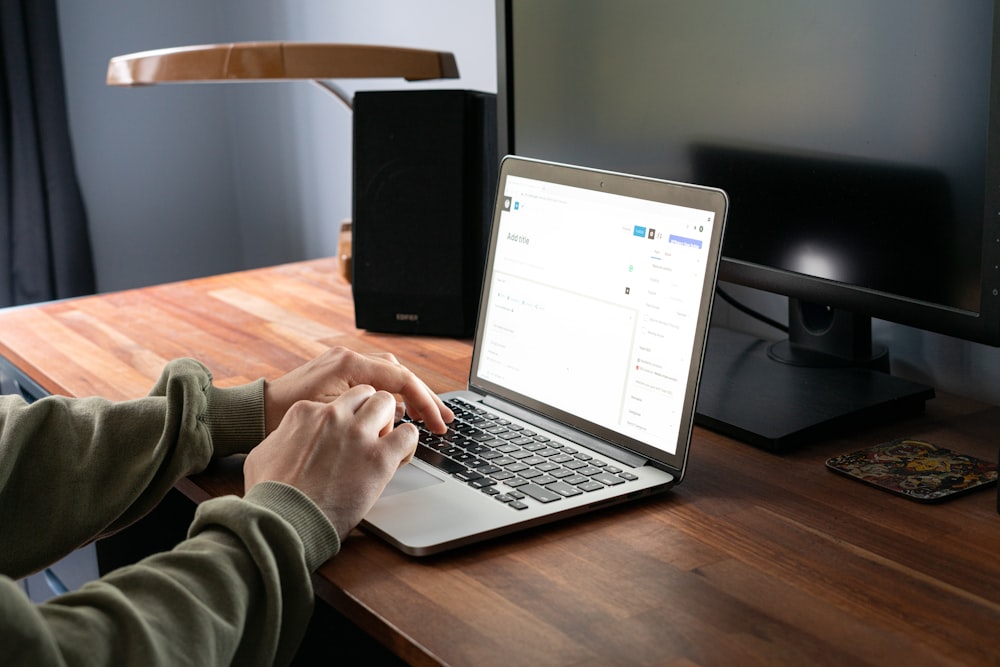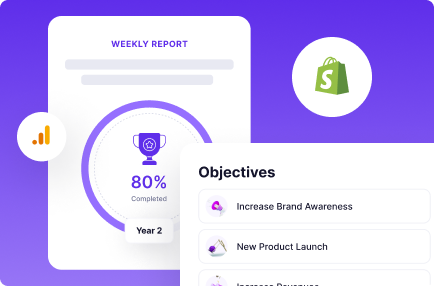Table of Contents
Whether you are a Shopify eCommerce store owner or a digital marketing agency, etc., website performance is the key metric to focus on. A slow website not only hampers the user experience but also kills the conversions. Thus, it is important to have a fast website.
According to a study by Akamai and Gomez.com, around 40% of users abandon a website that takes more than 3 seconds to load. And, if a website takes more than 5 seconds to load, the probability of users bouncing back increases by 90%.
With the ever-increasing number of internet users and their demand for a seamless web experience, it becomes essential to have a website that loads fast. In this ultimate guide to improving website performance, you’ll learn everything from basics like reducing file sizes and optimizing images to more advanced techniques like caching and browser optimization.
We’ll also look at tools and resources to help you measure and improve your site’s performance. By following these tips, you can ensure that your website loads quickly and efficiently for all users.
What Is Website Performance?
Just like a car needs the right fuel and tune-ups to run smoothly, a website needs quality hosting and code optimization to function properly. Website performance is the speed and responsiveness of a site, measured by page load times, server response times, and other factors.
A website’s performance is essential to its success. A slow website can cost you visitors, customers, and revenue. Moreover, it can damage your brand’s reputation and hurt your search engine ranking.
That’s why it’s important to regularly monitor your site’s performance and take steps to improve it. In this guide, we’ll show you how to do just that.
Why Is Website Performance Important?
A website’s performance is important for several reasons.
User Experience
The user experience is the most important reason to focus on website performance. A fast website creates a positive user experience, while a slow website frustrates and annoys users.
Customer Loyalty
It is directly linked to the user experience. In fact, around 88% of internet users say they are unlikely to return to a website that is slow or difficult to use.
A slow website also hurts customer loyalty by causing users to abandon their shopping carts.
Better Mobile Traffic
A big portion of internet traffic now comes from mobile devices. And, users are even less tolerant of slow loading times on mobile than they are on desktop. In fact, almost 58.26% of all web traffic came through mobile phones.
Thus, it is important to have a website that loads quickly on mobile devices.
Search Engine rankings
A slow website can also hurt your SEO. Google uses page speed as a ranking factor, so a slow site will likely rank lower in search results.
How Does Website Speed Influences Conversions?
Website speed is one of the most critical aspects influencing the overall user experience. Studies have shown that visitors are likely to leave a website that takes three seconds to load. Furthermore, slow-loading websites can negatively affect your business, leading to lower conversion rates and lost sales.
Strategies To Speed Up Your Website
There are several ways you can improve your website’s performance for search engine optimization. Here are some of the most effective methods.
1. Choose the Right Hosting Provider
When choosing a web hosting provider, selecting one that can offer you the performance you need is essential. Some providers are better equipped to handle high-volume traffic or offer features to improve your website’s performance. Be sure to ask your provider about their capabilities and what they can do to help improve your website’s speed and performance.
2. Leverage Browser Caching
Browser caching stores static files such as images, CSS, and JavaScript on the user’s computer. This allows the browser to load these files faster when the user revisits your website in the future.
Caching can be a great way to improve the performance of your website. By caching static assets, such as images and JavaScript files, you can reduce the load on your web server and speed up the loading of your pages.
3. Minimize HTTP Requests
HTTP requests are the requests your browser makes to load a page. The more HTTP requests a page has, the slower it will load.
You can reduce the number of HTTP requests by combining files into as few files as possible. For example, you can combine your JavaScript files into one file and all of your CSS files into another file.
4. Optimize Your Images
Large image files can slow down the loading of your pages. You can optimize your images by reducing their size without sacrificing quality.
There are several ways to reduce the size of your images:
- Use a compression tool such as JPEGOptimizer to reduce the size of your JPEG images
- Use a PNG optimization tool such as TinyPNG to reduce the size of your PNG images
- Use a plugin like Smush to reduce the size of your GIF and PNG images
5. Enable GZIP Compression
GZIP compression is a technique that can reduce the size of your web pages and images. GZIP compression is defaulted on most web servers, but you can check to ensure it’s enabled on yours.
6. Use a Content Delivery Network (CDN)
A CDN is a network of servers that are distributed around the world. When a user visits your website, the CDN delivers the content from the server closest to them, resulting in faster loading times.
Several free and paid CDN services, such as Cloudflare and Amazon CloudFront, are available.
7. Optimize Your WordPress Configuration
There are several ways you can optimize your WordPress configuration to improve website performance and load time.
- Use a caching plugin like WP Super Cache or W3 Total Cache to cache your pages and posts.
- Use a compression plugin like ShortPixel to compress your pages, posts, Javascript, and CSS files.
- Remove unnecessary plugins and themes from your website.
8. Optimize Your Database
Over time, your WordPress database will grow in size as you add content, comments, and broken spam links. This can slow down the loading of your pages.
You can optimize your database by deleting old post revisions, comments, and spam links. You can also use a plugin like WP-Optimize to clean up your database regularly. It’ll improve your page speed for both desktop and mobile devices.
9. Avoid Landing Page Redirects Whenever Possible
Landing page redirects are when a user is redirected from one page to another. This can slow down the loading of your pages.
You can avoid landing page redirects by using anchor links instead of direct links and the target attribute on your links.
10. Disable Query Strings for Static Resources
To improve website performance, you can disable query strings for static resources. This will help reduce the number of round trips made to the server, which will improve loading times.
11. Minify Your Website’s Scripts
Minifying scripts can also help improve website performance. This is done by removing unnecessary white space and comments from code and then concatenating all scripts into a single file. Also, it’ll optimize your CSS and Javascript files for desktop and mobile users. You can use Minify or YUI Compressor to minify your scripts.
12. Use Well-Optimized WordPress Theme
Using a well-optimized WordPress theme can also help improve website performance. When choosing a WordPress theme, things to look for include fast loading times, compatibility with caching plugins, and well-written code.
13. Specify a Character Set
When creating or editing a website, it’s essential to use a character set that will be compatible with as many browsers and devices as possible. UTF-8 is a good choice, as most browsers and devices support it.
Specifying the character set in the header of your website is also essential. This will ensure that browsers and devices know which character set to use when displaying your content, and it’ll improve page load time while dealing with user requests.
14. Consider Prefetch, Preconnect, and Prerender Techniques
Prefetching, preconnecting, and prerendering are all techniques that can be used to improve website performance optimization.
- Prefetching is a technique that allows browsers to download resources before they’re needed. This can help reduce page load times, as the resources will be ready to use when needed.
- Preconnecting is a technique that allows browsers to make early connections to servers before they’re needed. This can help reduce page load times, as the connections will be ready to use when needed.
- Prerendering is a technique that allows browsers to preload pages before they’re visited. This can help reduce page load times, as the pages will be ready to use when they’re visited.
15. Adopt Cloud-Based Website Monitoring Tools
Cloud-based website monitoring is a great way to improve web page performance. It allows you to monitor your website’s performance from anywhere globally and provides real-time alerts if there are any problems.
Cloud-based website monitoring is also very affordable, and it’s a great way to ensure that your website is always up and running.
Many different cloud-based website monitoring services are available, so do your research before choosing one. Also, run a speed test regularly to track your website speed optimization.
Conclusion
Improving website performance is a continuous process that requires effort and vigilance. However, following the tips in this guide can help you get started on the right foot for site speed and web page optimization.
By taking measures to improve your website speed, you’ll make your visitors happier and improve your search engine ranking and overall web presence. Have you tried any of these techniques? Let us know how they worked for you in the comments below.
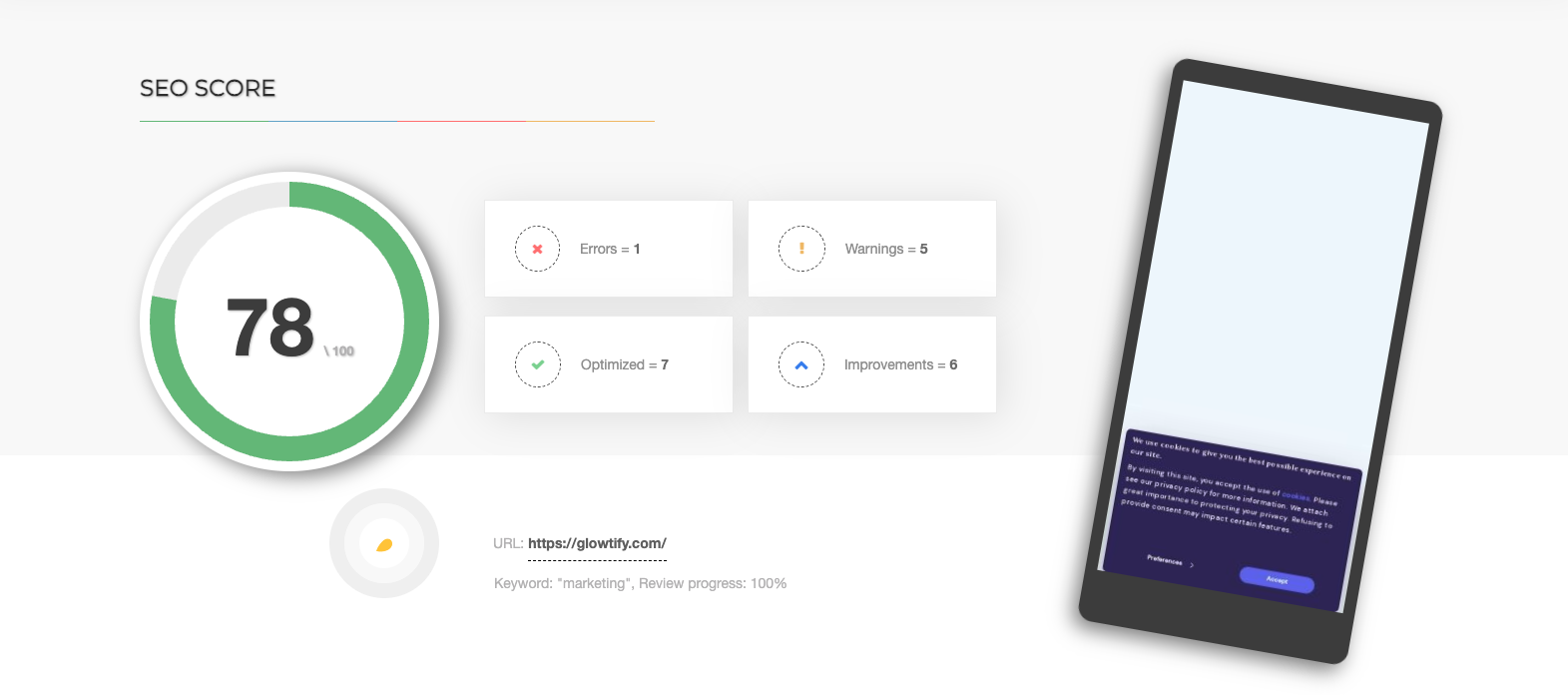
Want more SEO traffic?
Discovering the secret to increasing your website’s traffic could be as simple as accessing this Free SEO analyzer tool!
Try it - it's free


